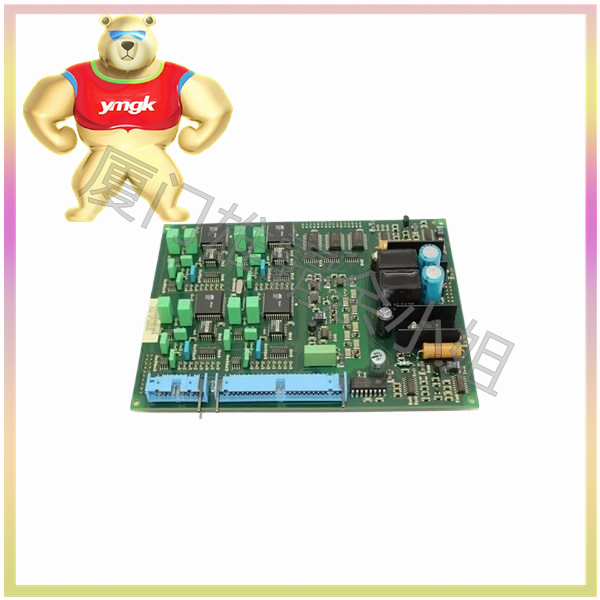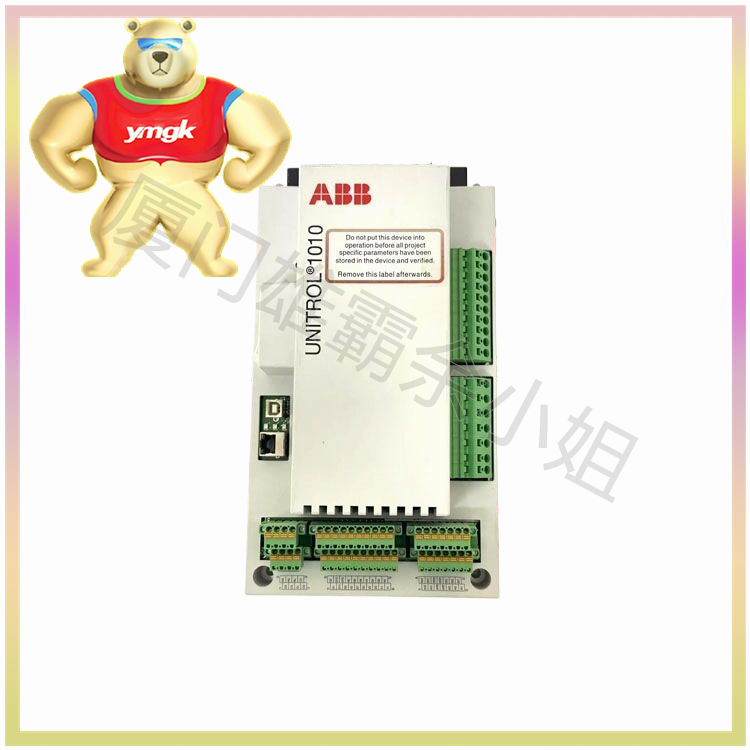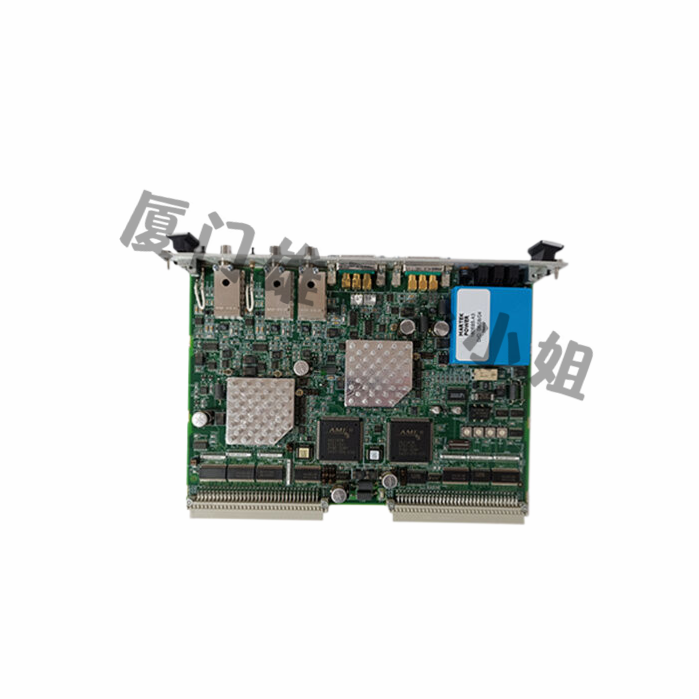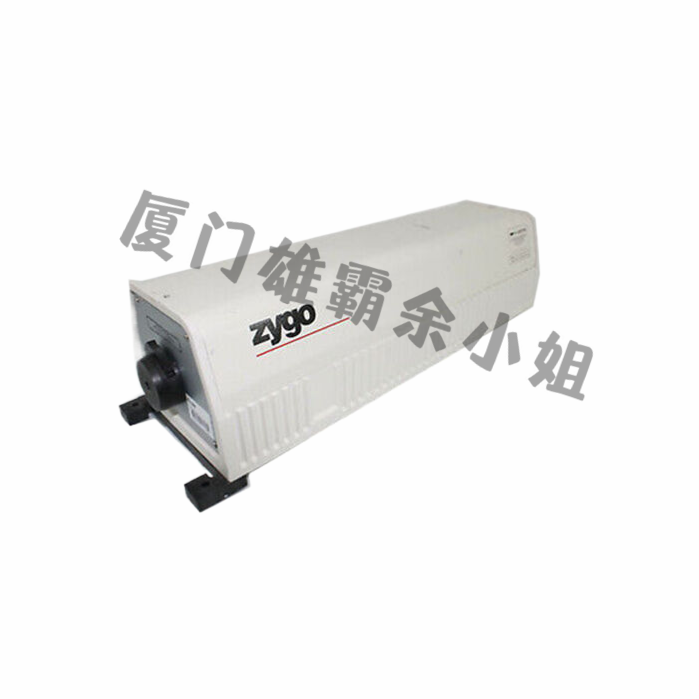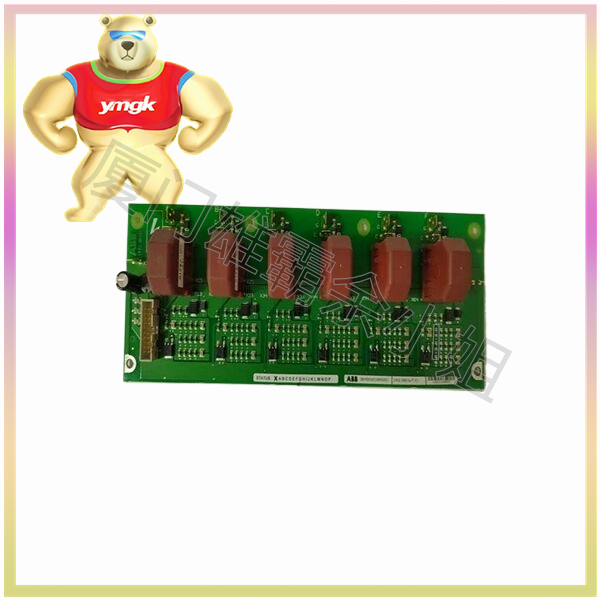Power module
Provide internal power for PLC, and some power modules can also provide power for input signals.
I/O module
It is an input/output module, where I represents input and o represents output. I/O modules can be divided into discrete modules, simulation modules, and special modules. These modules can be installed on rails or racks with multiple slots, with each module inserted into one of the slots based on the number of points.
Memory module
Mainly storing user programs, some memory modules can also provide auxiliary working memory for the system. Structurally, all memory modules are connected to the CPU module.
Base plate and rack module
As the name suggests, in the installation process of various PLC modules, the chassis and rack modules act as the chassis, providing a bus for communication between modules. Some connections between multiple baseboards use interface modules, while others use bus interfaces. Different manufacturers have differences, but PLCs vary by type.
The specifications of the host box for box type small PLCs vary depending on the number of I/O points that can be provided by concentrating the above modules in one box. The box type PLC does not include a CPU and also has an I/O expansion box that is only used as a power supply and I/O unit. The specifications of the expansion box vary depending on the number of I/O points.
In addition to the above modules, PLC also has special intelligent or functional modules. For example, A/D (model) module, D/A (model) module, high-speed counting module, position control module, temperature module, etc. These modules have their own CPUs, which simplify the control of PLC CPUs and simplify complex program control by pre-processing or post-processing signals.
The types and characteristics of intelligent modules are also quite different. PLCs with excellent performance come in a variety of types and outstanding performance.
After connecting to the PLC, the communication module can communicate between PLCs and computers, between PLCs, and with other control units such as frequency converters and temperature controllers. It can also form a local area network. The communication module represents the network functionality of the PLC and represents an important aspect of the current PLC performance.

